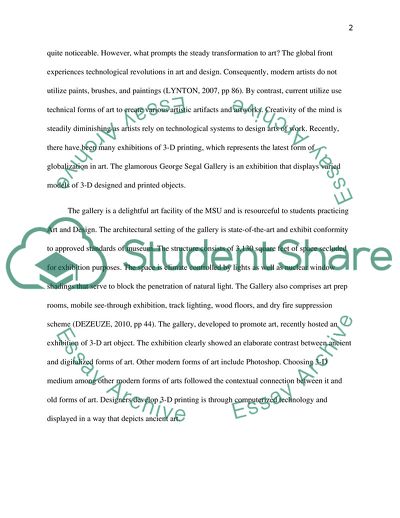Cite this document
(Globalization as the Key Idea in Art and Design Report, n.d.)
Globalization as the Key Idea in Art and Design Report. https://studentshare.org/visual-arts-film-studies/1850696-key-ideas-in-art-and-design-globalisation
Globalization as the Key Idea in Art and Design Report. https://studentshare.org/visual-arts-film-studies/1850696-key-ideas-in-art-and-design-globalisation
(Globalization As the Key Idea in Art and Design Report)
Globalization As the Key Idea in Art and Design Report. https://studentshare.org/visual-arts-film-studies/1850696-key-ideas-in-art-and-design-globalisation.
Globalization As the Key Idea in Art and Design Report. https://studentshare.org/visual-arts-film-studies/1850696-key-ideas-in-art-and-design-globalisation.
“Globalization As the Key Idea in Art and Design Report”. https://studentshare.org/visual-arts-film-studies/1850696-key-ideas-in-art-and-design-globalisation.


